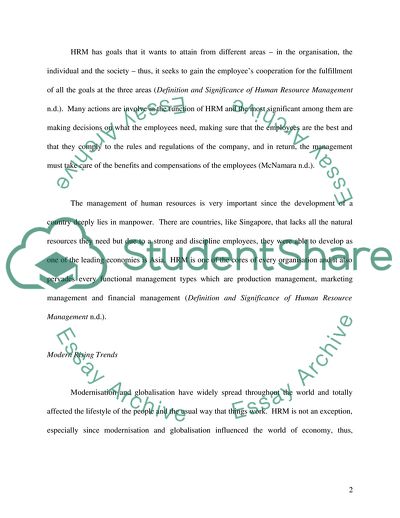Cite this document
(Comparing HRM Practice in Current Organisations to an Ideal Type Coursework, n.d.)
Comparing HRM Practice in Current Organisations to an Ideal Type Coursework. Retrieved from https://studentshare.org/human-resources/1711301-evaluating-human-resource-management
Comparing HRM Practice in Current Organisations to an Ideal Type Coursework. Retrieved from https://studentshare.org/human-resources/1711301-evaluating-human-resource-management
(Comparing HRM Practice in Current Organisations to an Ideal Type Coursework)
Comparing HRM Practice in Current Organisations to an Ideal Type Coursework. https://studentshare.org/human-resources/1711301-evaluating-human-resource-management.
Comparing HRM Practice in Current Organisations to an Ideal Type Coursework. https://studentshare.org/human-resources/1711301-evaluating-human-resource-management.
“Comparing HRM Practice in Current Organisations to an Ideal Type Coursework”. https://studentshare.org/human-resources/1711301-evaluating-human-resource-management.


